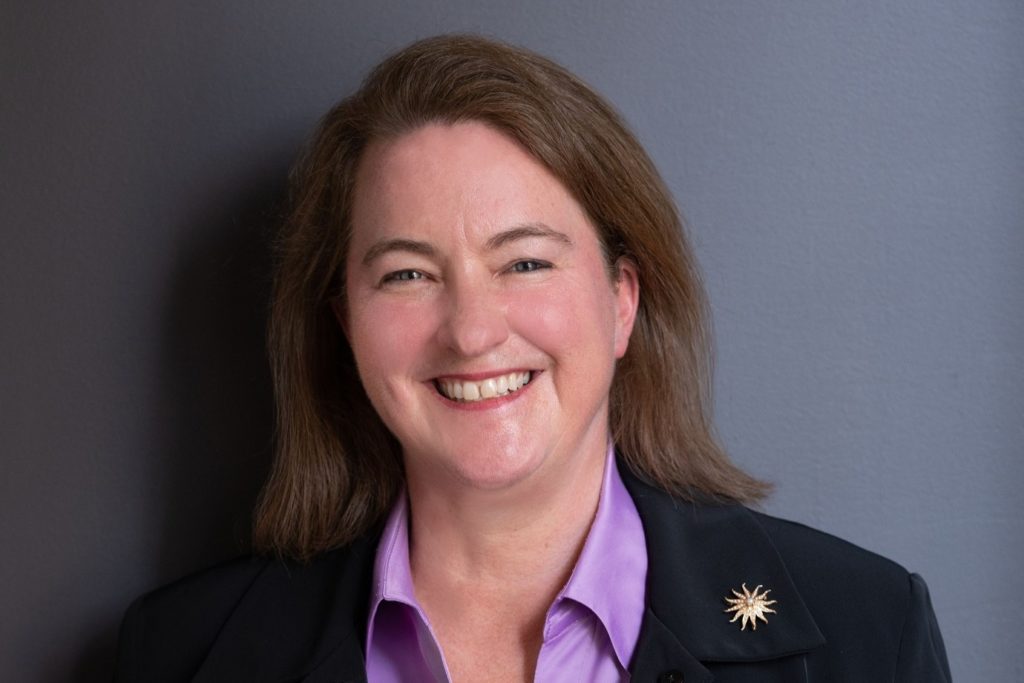It’s apt that Equal Pay Day falls on the day business, community and government leaders gather in Canberra to thrash out ways to boost productivity at the Economic Reform Roundtable.
Equal Pay Day – today on August 19 – marks the end of the extra 50 days that women must work to earn the same, on average, as men did last financial year, based on the size of the national gender pay gap.
When the ABS released the latest average weekly earnings last week, many headlines pointed to Australia’s average weekly wage rising above $2,000 for the first time.
But, the devil is in the detail because, like much economic data, there’s a different picture when the numbers are analysed by gender.
Men’s average wages were above $2,000 a week ($2,106), women’s are still under ($1,864).
Women working full-time earn a base salary that is $246 a week less than men.
That difference adds up to $12,800 each year.
It’s a lot of money.
Also a lot of money is the billions of dollars the gender pay gap costs the Australian economy each year.
Evidence shows that addressing the gender pay gap will help lift Australia’s productivity.
You would think employers would jump at a chance to boost productivity but progress to close the gap is slow. This is despite well-publicised evidence on the benefits to workplace profitability, value and innovation.
Understanding the potential for business performance is not the main barrier to workplace leaders taking actions to reduce the gender pay gap.
Every year, WGEA collects data on the state of gender equality in over 8,000 workplaces, employing more than 5.4 million Australians.
This data shows that 50% of employers have a gender pay gap larger than 12.1%. More than 70% of employers have a gender pay gap in favour of men.
Research shows this gap is driven by 3 main things: gender segregation of occupations and industries, unequal distribution of caring and family responsibilities and discrimination in the workplace. While these are big issues, every manager and executive can start to make inroads at their workplace by addressing the stereotypes, behaviours and systems which currently perpetuate them.
The slow progress on closing the gender pay gap is not the result of a lack of information on specific, effective actions that employers can take to address the drivers.
Decades of research and evidence has shown what works to improve fairness in workplaces. Each workplace is different, so the first step is to conduct a comprehensive gender pay gap analysis, the second is to create an action plan to address the gendered differences that are uncovered and then set targets to ensure the actions happen and people are accountable for them.
WGEA’s data, published on our Data Explorer, shows what an employer is already doing – or not – to address the gender pay gap and differences between women and men in the workplace.
Has your employer done a gender pay gap analysis? Were the results shared with employees? Do you have a consultation group that discusses how to improve fairness and safety? Is everyone aware of the information published on WGEA’s Data Explorer? Are you?
It is critical to remember that behind all the statistics and the data, are real people with the expectation that that opportunities and outcomes are fairly and equally available to them at work.
When this does not happen, it generally means women have less financial freedom, less choice, less retirement savings and employers loose current capability and future leaders.
Acting to reduce the gender pay gap is meeting the expectations of employees.
HR leaders, executive teams and line managers have a critical role to play in reducing the gender pay gap and ensuring their workplaces are fair, equal and safe for all.
Boosts to productivity will occur when the full range of skills and capabilities of current employees are utilised and workforces are drawn from the breadth of our population, not a subset of it.
In the lead up to Equal Pay Day, WGEA created a nifty Equal Pay Day Calculator that enables people to calculate the Equal Pay Day for their individual workplace. Today is a good day to use it and start a conversation about gender equality in your workplace.
But equality and fairness should not be prompted by a ‘day’ or even an economic roundtable. When fairness is embedded into everything that happens at work we will truly see the productivity benefits.
Become a Women’s Agenda Foundation member and support our work! We are 100% independent and women-owned. Every day, we cover the news from a women’s perspective, advocating for women’s safety, economic security, health and opportunities. Foundation memberships are currently just $5 a month.
Bonus: you’ll receive our weekly editor’s wrap of the key stories to know every Saturday.


